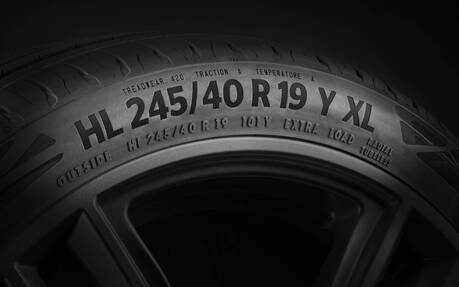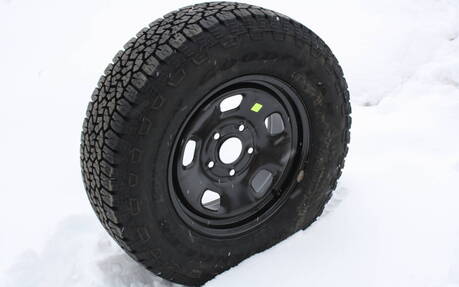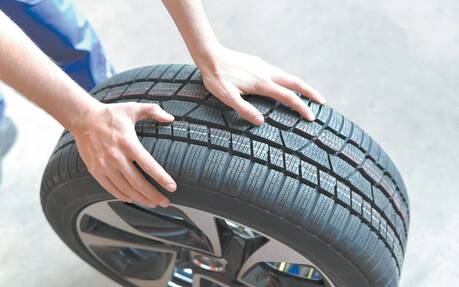Tire Change: Beware of the Speed Rating!
Your summer tires are worn out and you’re shopping for new ones? Or maybe you like to get things done ahead of time and are already preparing for the cold season? In either case, we invite you to read some of the articles we’ve published to help you make the best tire for your needs.
Depending on the vehicle’s type, model, and level of performance, some important criteria must be considered, as you might know. Among them is the speed rating.
- Also: Should You Put Nitrogen in Your Tires?
- Also: All-Wheel Drive vs. Winter Tires: Which One is Best?
Included in the series of digits and letters on the flank of each tire, this information tells you the maximum speed at which a tire can support the load of the vehicle. Automakers give it more and more importance since they work hard to develop and fine-tune their frames and suspensions based on these specs.
The vehicle’s steering, braking, road handling and stability depend on the tires, and the speed rating is directly related to the rigidity of the tires’ walls.

A Letter for Each Rating
Right beside the load index is a letter that indicates the maximum speed at which you can drive with your tires without putting the occupants’ lives at risk. Here’s the speed each of these letters stands for:
P – 150 km/h
Q – 160 km/h
R – 170 km/h
S – 180 km/h
T – 190 km/h
U – 200 km/h
H – 210 km/h
V – 240 km/h
Z or ZR – More than 240 km/h
A Q-rated tire is usually less effective at 100 km/h than a U of H-rated tire for example, and the noise and vibration are often lower in tires with a higher rating.
Since the speed limit on public roads does not exceed 100 km/h, most drivers should be okay with any speed rating, but for those who do track racing, it changes everything!

What About Winter Tires?
As CAA-Québec says, you can use a lower speed rating for your winter tires. However, don’t stray too far from it, because most cars’ computers are now calibrated to “feel” the road through the tires and could be thrown off by a different speed rating, which could have an impact on the vehicle’s handling.
To make sure you’re using tires with a speed rating that suits your vehicle, consult the owner’s manual, or seek information with your dealership or a specialised tire dealer.
